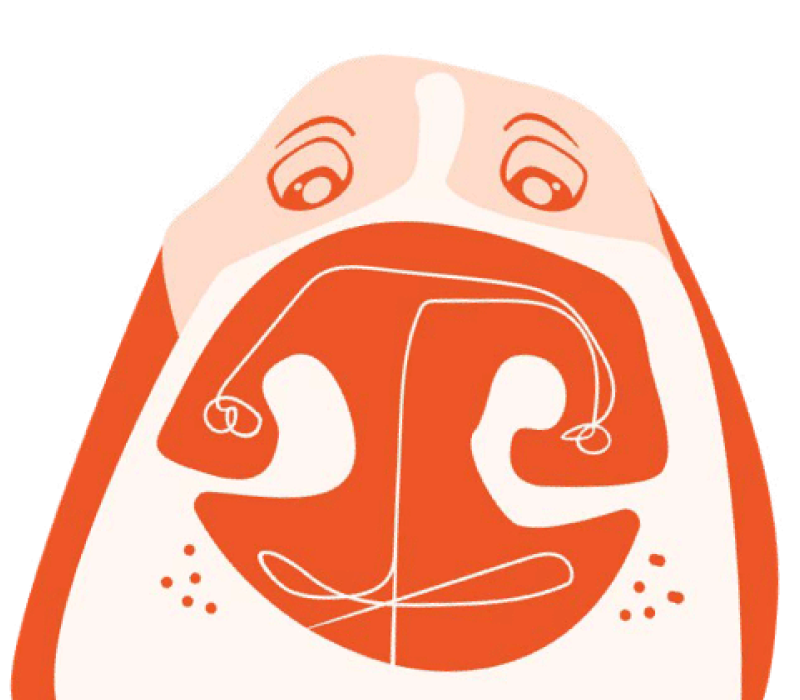Your cart is empty. Let's fix that!


|
We started with learning why playtime matters, decoded canine body language, personality-typed our beasties, finally got the secret playtime rule-book, and finished with slipping little training moments into playtime. Good job, y’all. We’re awarding you an A+. But because Rita’s brain-dump has been so good and so thorough, we’re going to make those big lessons stick by reviewing the top take aways. Here, Dog Behaviorist Rita Viel’s covers the highlights of play science. |

Lesson #1: Playtime isn’t “just for fun”—it’s an essential part of dog life.Yep—dogs NEED playtime! For starters, it’s how they bond with their owners and learn healthy boundaries—like what’s playing fair and what’s a big deep-voice “NO.” Play is also how dogs manage their mental health. With regular doses of good times, dogs blow off stress, build a comforting routine, and work through some of their biggest hang ups. And before you roll your eyes at canine stress and hangups, your dog would like to know how YOU’D like to guard the house 24/7 or meet strangers all the time. See?
Lesson #2: Our dogs CAN talk—and we can understand when we learn to read their signs.We’ve all wished our pets could speak sometimes (and been supremely grateful at other times that they can’t), but we’re actually getting way more intel than we even realize. There’s a whole guide here, but if you only learn one“phrase”, make it the “play bow”. With head down, rump raised, and mouth open, your dog is saying one thing: let’s have fun! Noooow! We dare you to “say” it yourself to your dog sometime and see what happens. (Our money’s on a good ol’ time for everyone.)
Lesson #3: Different dogs need different playtimes—step one is figuring out your dog’s type.Just like people, dogs can be soulful introverts who thrive on solving puzzles, or spunky party animals who live for big events (you know, like seeing their squad at the dog park.) Although every dog is different, they tend to fall into a few distinct camps—learn them, and it will help you pick out the right playtime and best toys. When you pause to consider their age, their health, their temperament, and their stress levels, it becomes a lot easier to know which toys and games are going to be the biggest hits. |
|
No matter how landlocked your dog, there’s a way you bothcan help make a splash on the sustainability front. We JUST dropped our new SeaFlex toys—88% the Zogoflex that your dog already loves, 12% reclaimed oceanbound plastic, and 0% bad stuff. It’s not only safe for your dog, but it’s safe for our oceans—helping take a healthy chomp out of the millions of tons of plastic headed for the beach every year. And with Join the Loop, it’s endlessly recyclable. |
|
Lesson #4: Doggie games actually have rules—and now you can follow them.Dogs can make a game out of almost anything...because they’re usually born knowing some simple rules. This post reveals the secrets of fetch, tug, and even contemplative chew time, but one rule in particular surprised us. Ready? Let your dog “win” tug-o-war sometimes, but not all the time! Some of us thought it was mean to ever win tug-o-war against a tiny Yorkie. Others of us were taught to always show big breeds who’s alpha. In the end, it turns out no matter how wee or buff your dog, they think they’re actually letting you win sometimes too. Because even dogs with the littlest brains know it’s just more fun when everyone wins...sometimes.
Lesson #5: The most fun training tool is simply...fun.You can’t just play your way to a perfectly behaved pet—some training is always required for a gracious bud. But you can and should incorporate lots of goofing off into certain lessons. Our favorite new creative hack? Start anxiety-proofing your pooch by playing YouTube clips of thunder and fireworks on ultra-low while horsing around. Then, glacially scooch up the volume, just to your dog’s tolerance level while keeping the good times rolling. It takes a long time(months, or even a year)to increase the noise properly without triggering your fur-friend, but eventually, your dog just might just associate big booms with big fun. Then, when the real thing happens, it’s NBD.
Class dismissed! Don’t forget your homeworkTogether, we’ve gotten a whole courseload of new information on how to play better with your pet. (Thanks, Rita!) So now, it’s time for your homework, which is... ...yeah, you saw this coming. Take the lessons, and go play. We’re calling recess! |